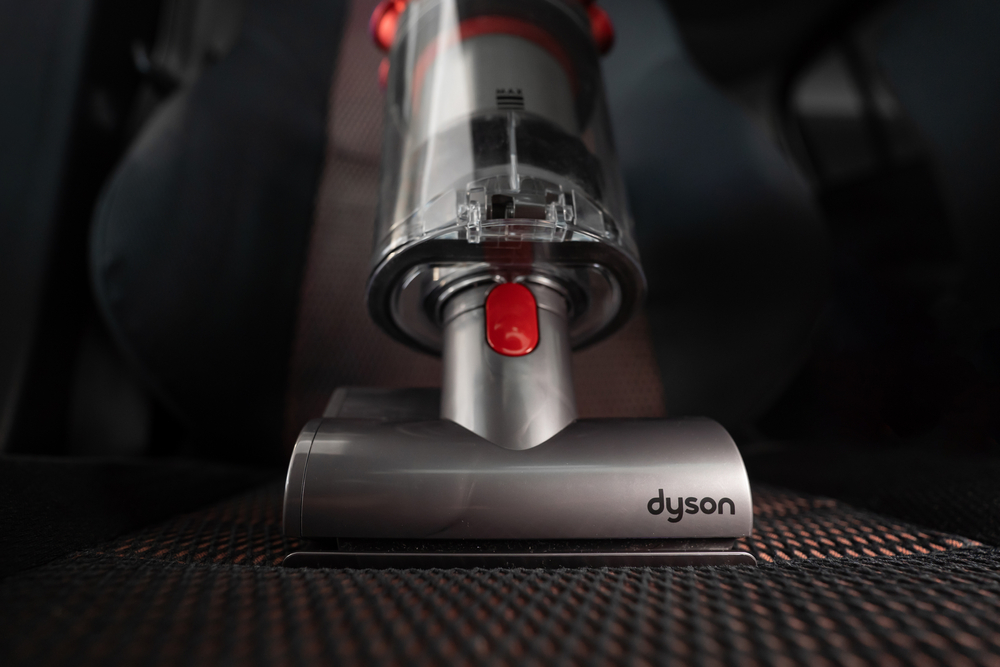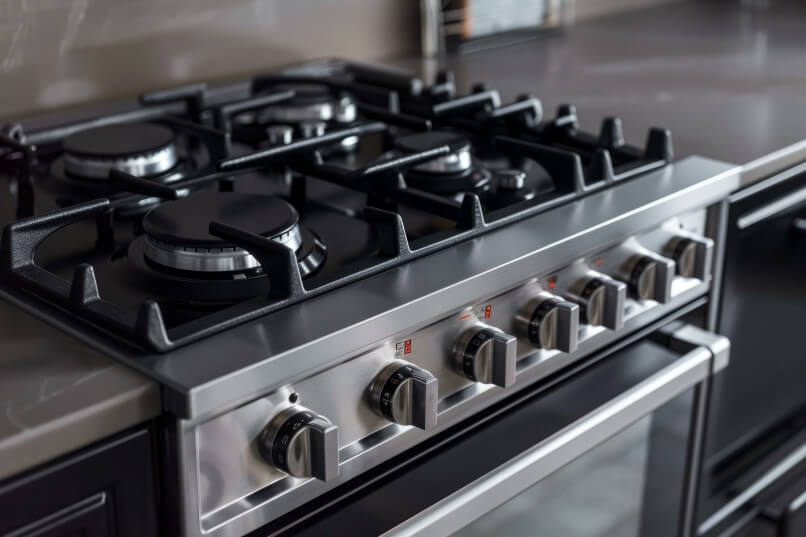History of the Dyson Company

Overview of Dyson
Dyson Ltd is a British technology company that designs and manufactures heaters, bladeless fans, hand dryers and vacuum cleaners. It was founded in 1978 by James Dyson and has grown to be among the crème de la crème in its industry with thousands of customers in over 100 countries worldwide.
Personal Life of James Dyson
James Dyson was born in Norfolk, England in a family of four. He studied in a boarding school known as Gresham’s School in Holt in 1965 after losing his father to cancer. He spent a year at the Byam Shaw School of Art and four at the Royal College of Art studying interior design and furniture, before eventually joining an engineering school.
He got married to Deirdre Hindmarsh (1968) with whom he has three children: Emily, Jacob and Sam. The couple owns a range of million-dollar assets across Europe including a townhouse in Chelsea, London, a $20 million 300-acre estate in Georgia, a $4.5 million chateau in France, and a 91-metre super yacht ranked the 36th largest in the world as of 2013.
Dyson is patron of the Design and Technology Association and succeeded Sir Terence Conran in 2011 as Provost of the London Royal College of Art. Until his sudden resignation in 2004, he was chair of the board of trustees of the Design Museum.
The Ballbarrow
In 1978, while James Dyson was renovating his property, he realised that the wheel of the wheelbarrow he was using was prone to punctures, was unstable and sank into the mud easily, problems that got him thinking of how he could come up with better ideas and improve the situation. He went through a series of trying and failing for the next couple of years but never gave up till 1984 when he came up with a fibreglass prototype of a barrow with a ball instead of a wheel, to all but mark the coming into existence of the Ballbarrow.
The Cyclonic Vacuum Cleaner
Dyson bought a Hoover Junior vacuum cleaner later that year and yet again got disappointed with its vulnerability to breakdowns as it lost suction over time and clogged quickly. He disassembled the machine and realised the cause of the problem was a layer of dust in the bag that clogged the fine material mesh preventing the appliance from working properly. In a bid to come up with a better and more efficient vacuum cleaner, he visited a sawmill in the neighbourhood and learnt how large industrial cyclones could remove sawdust from the air. He opted to try the same principle in a vacuum cleaner. He replaced the bag in his Hoover Junior with a cardboard cyclone, only to realize it was a far much better option as it picked more dust and proved more resistant to breakdown. The bagless vacuum cleaner was born.
For Dyson, however, things did not go as expected as big manufacturing companies like Hoover looked at his invention as a threat making him fail to find a licensee in the US and UK. Luckily, in 1993, Apex, a Japanese company, licensed Dyson’s design and used it to build the G-force, a vacuum cleaner that could turn into a table to save on space in small Japanese apartments. The G-force first sold in Japan for $2,000 and Dyson used the cumulative income to set up the Dyson Company and open a research centre in the UK in June 1993.
Dyson finally made a breakthrough in the UK market 10 years after his invention, thanks to an advertising campaign on TV emphasizing that Dyson vacuums, unlike most of its competitors, didn’t require the regular purchase of replacement bags. The slogan 'say goodbye to the bag’ seemed to really attract the public as Dyson Dual Cyclone became the fastest-selling vacuum cleaner in the UK, outselling all of the companies that refused to license his idea, and grew to become one of the most popular brands on the planet.
As expected, other companies followed suit, trying to market their own cyclonic vacuum cleaners. Dyson Company sued Hoover UK and won $5M for patent infringement.
Movement to Malaysia
In 2002, Dyson decided to move his plant to Malaysia because of limited space for expansion and other economic reasons. The move was highly opposed by the UK government and the public as 800 workers were left redundant and also for the fact that the country was going to miss out on the economic benefits of having the plant on its soil. Dyson promised to make up for that, and he sure did, as he invested in research and development in England and let the company’s headquarters remain in Malmesbury.
More Inventions
In 2000, Dyson’s company came up with the ContraRotator, a washing machine with two drums rotating in opposite directions. The characteristic bright Dyson colours, rather than the traditional black, grey or white on most other machines, were used to decorate the range. The machine failed to impress, though, and the company stopped manufacturing it a year later.
In 2002, Engineer Derek Phillips from the company created a water sculpture in which water appears to flow up to the top of four ramps before cascading to the bottom of the next ramp in cycles. The creation was named ?? Wrong Garden’ was a realisation of optical illusions in the lithographs of Dutch artist M. C. Escher.
In 2006, Dyson invented the Dyson Airblade, a hand dryer that uses a thin sheet of moving air to remove water rather than use heat to evaporate it.
In 2013, the company produced the "Air Multiplier", a fan with no external blades.
Recently in 2014, Dyson was in Tokyo to launch his company’s "360-eye" robotic vacuum cleaner which features 360 degrees mapping and scanning for navigation, a full-width beater bar, a user interface through an Android app or free iOS, tank treads for traction, a high suction digital motor and cyclonic dust separation.
James Dyson’s Honors and Awards
Dyson was appointed a Commander of the Order of the British Empire in 1996. He later received the Prince Phillip Designers Prize in 1997 and was awarded the Lord Lloyd of Kilgerran Award in 2000. In the same year, the University of Bath awarded Dyson a D. Eng degree. He was appointed a Royal Academy of Engineering Fellow in 2005 and made Knight Bachelor in New Year Honors of 2007. He has been the Royal College of Art provost since 2011.
His latest honour came in 2015 when he was elected a Royal Society of London Fellow.
Joe Graham is delighted to be an official stockist of Dyson and also a dedicated spares and repairs agent - for more information please telephone 03309001966.












